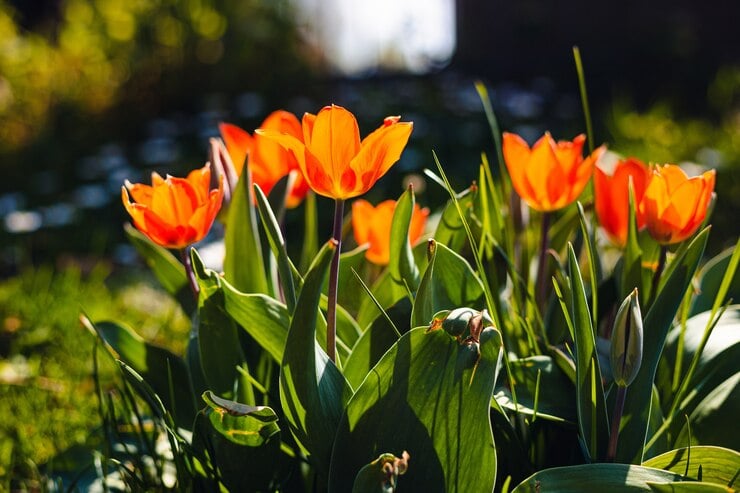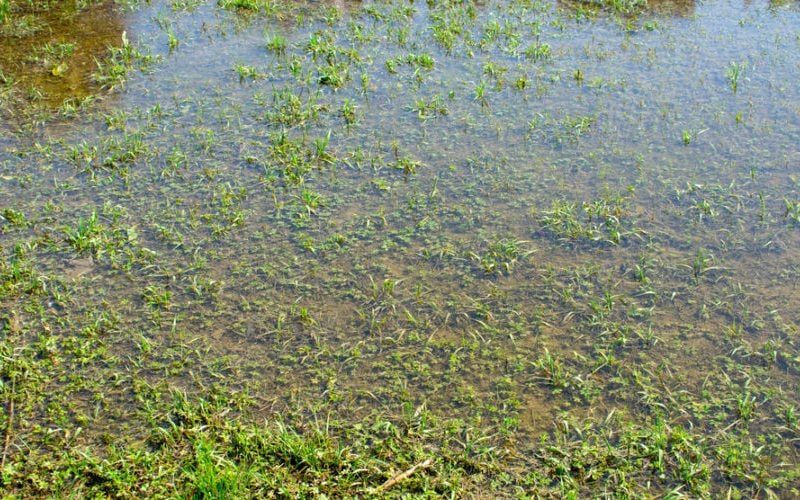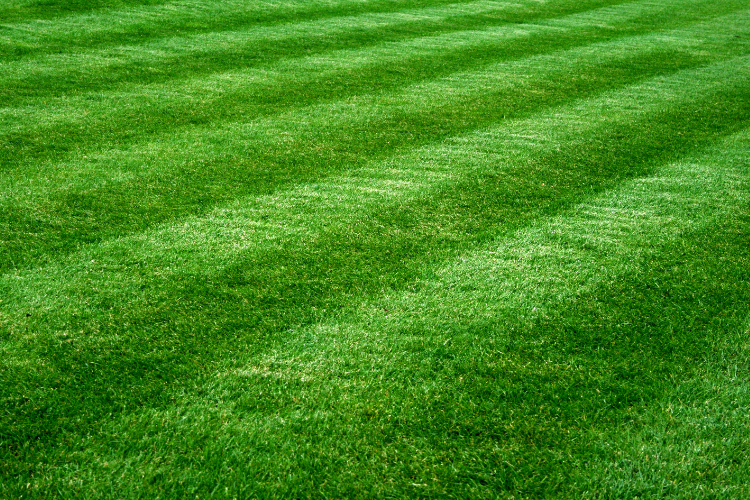Weeds can pop out of nowhere and grow very quickly. Some of them look like flowers, but don’t forget they are unwanted guests in your garden! This is a list of the most common garden weeds in Britain and some handy lawn care tips on how to eradicate them from your lawn.
Annual mercury
This plant can grow anywhere, even in disturbed areas. Some people consider it a herb, but a lot see it as a weed that needs tackling. It can grow up to 30 cm and has oppositely arranged oval leaves. Annual mercury blooms from July to October. It grows even faster when the wind spreads the seeds. It can be very troublesome in the garden and very difficult to eradicate.
Dandelion
The dandelion is a common garden weed. It’s a perennial plant but it easily spreads all over your lawn when the wind scatters its seeds. It forms a large flat rosette and a single yellow flower grows from its centre. It’s not that easy to pull it out from the ground because it has a long stout taproot. You can find it growing between plants or even the paving.

Common Plantain
Some people may use common plantain in salads or cooked dishes, but in the garden, it’s considered a lawn weed. Its roots are relatively shallow which makes it easy to remove manually. However, keep in mind that it’s a perennial weed and it can regrow from the smallest root parts, so make sure you remove every bit of them.
Purslane
This is another common lawn weed that people consider as nutritious and sometimes consume. Gardeners, however, know that it’s a ground-hugging weed that thrives in dry, sandy soils. It’s extremely hard to get rid of purslane as it produces a lot of seeds and spreads fast. It’s better to consider chemical treatments when it comes to removal, as organic control isn’t as effective. It can regrow from the tiniest root left in the soil.

Daisy
Now, this is probably the most recognisable and common lawn weed. It can survive in almost any condition and type of soil. It’s a perennial weed – it means it will stay in your garden for years. The leaves of the daisy grow close to the ground and are round and fleshy. This makes it easy for the plant to survive in close-mowed lawns.

Creeping buttercup
The creeping buttercup is often found in gardens all over the UK. It prefers wet and heavy soils and grows close to the ground. As its name hints, it spreads through your lawn by using creeping stems. They run along the surface of the ground until they reach a suitable place for a new plant. It takes several years to get rid of the creeping buttercup because its roots are very dense. It may take a long time before you weaken this plant.

White clover
You can easily recognise this weed in your lawn or turf. This plant will return each year to your garden. It can colonise your lawn in no time and choke your grass or other plants that you might be growing. Just like the creeping buttercup, it has creeping runners that spread fast all over the place. You can recognise the white clover by its leaves. They are often divided in three, with a round shape. It’s considered great luck if you find a four-leaf clover.
Yarrow
Yarrow is a common weed that can withstand harsh conditions. It settles its roots deep and is hard to eliminate. The yarrow is another creeping plant that forms stems all over your garden and lawn. The leaves are fern-like and thanks to its deep roots, it can survive in dry conditions.

Creeping Charlie
Although the Creeping Charlie is considered a common lawn weed, some people prefer to think of it as a fragrant plant. It has a nice fragrance when you cut it, but it’s better if you don’t let it grow in your lawn. It can survive close mowing but has shallow roots and it’s better to remove it by hand weeding.
Common Ragwort
You can find ragwort growing in neglected lawns. It produces a lot of leaves during its first year, and in the second it flowers. It’s not that difficult to keep it away from your garden.

How to Identify Lawn Weeds
- The grass looks patchy, with uneven colours, growth rate and texture.
- You can see flowers on your lawn that aren’t supposed to be there. If you cut your grass too often you might not be able to notice them, but if you have any doubts, you can skip mowing the grass once or twice and see if there are any flowers.
- There are green patches even though it’s too hot and dry. Weeds can survive better in harsh weather conditions, so if your lawn is dry and yellow, but there are green patches, then you have weeds.
Lawn Weed Control and Prevention
Article courtesy of Pol Bishop, a London-based gardening and lawn maintenance expert at Fantastic Gardeners
It’s not that hard to spot common lawn weeds. There are several ways you can identify you have weed problems:
If you are unsure whether you have a weed problem in your lawn or not, our local lawn care experts can always come and assess your lawn to advise you on the best course of action.
If you have weeds in your lawn that you’d like to tackle, the most effective way to do this is to rely on professionals to undertake regular lawn care and apply treatments that will kill and prevent weeds.
Regular lawn maintenance
It’s important to maintain your lawn regularly if you want to prevent the appearance of weeds. Regular maintenance should include feeding, aerating and scarifying. This will promote healthy growth, allow nutrients to reach the soil and be absorbed by the grass. It will be harder for lawn weeds to grow and spread if your lawn is vigorous and healthy.
Take care of bald patches
It’s important not to leave any bald patches on your lawn unattended. Otherwise, you’ll be just providing a perfect location for new weeds to appear and spread. Make sure you re-turf or re-seed as soon as you get rid of the weeds, which can be done with our over-seeding service.
Call the professionals
If you don’t have the knowledge, time or experience to remove lawn weeds, you can always rely on the services of a professional lawn care company. Our local experts know how to identify common weeds and how to remove them. It will save you time, energy, and often money. Not to mention that dealing with weed killers can be dangerous if you don’t know how to use them.





